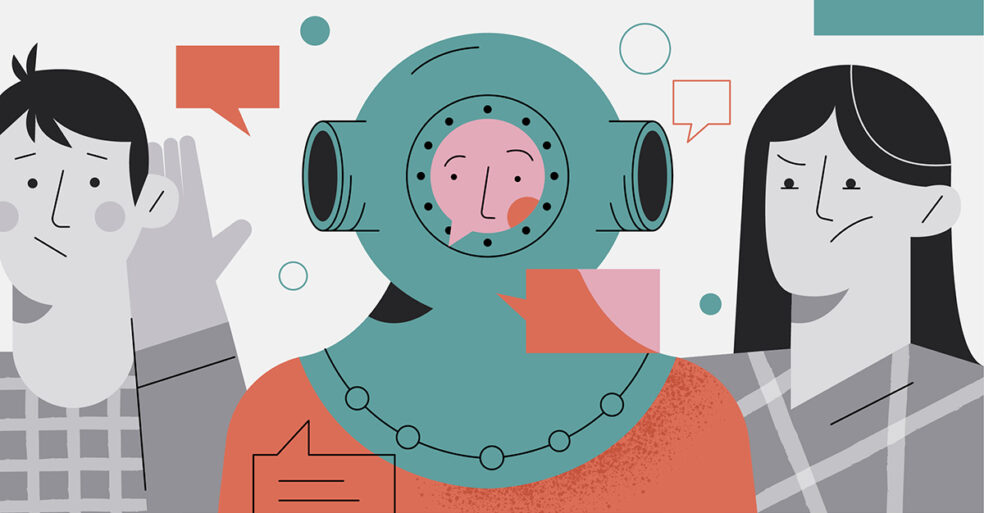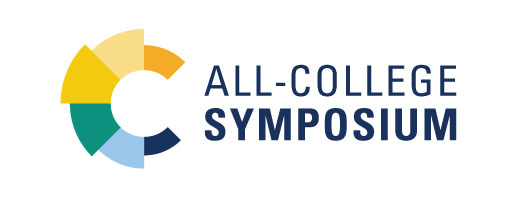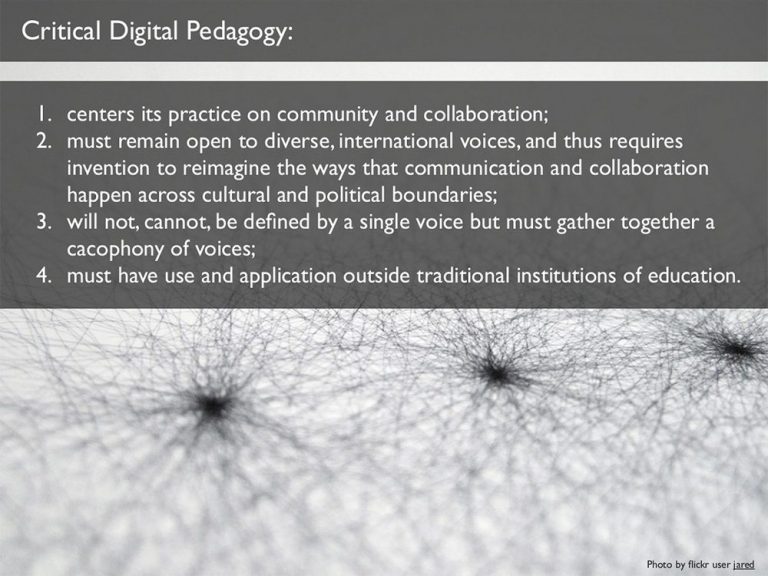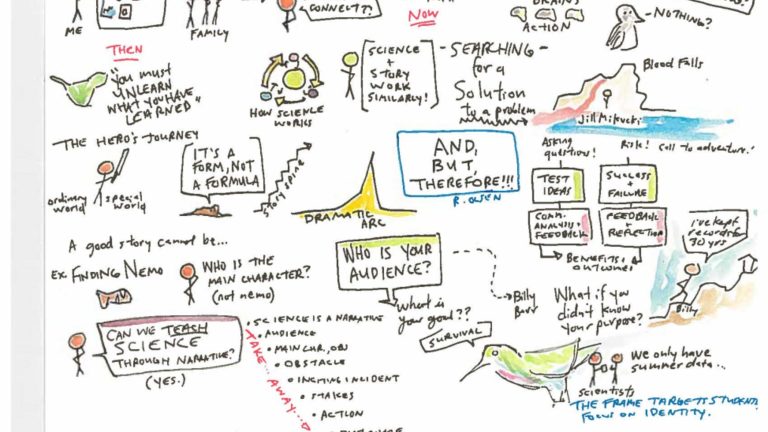What are the Barriers to Communication?
The barriers to communication include language barriers, cultural differences, physical barriers, and noise pollution. The inability to understand each other’s language or cultural norms, physical obstructions such as distance or closed doors, and external noises can all hinder effective communication.
These barriers can result in misunderstandings, misinterpretations, and the failure to convey messages accurately. In today’s globalized world, it is crucial to overcome these barriers in order to foster clear and efficient communication between individuals, teams, and organizations. By identifying and addressing these barriers, businesses can enhance collaboration, improve productivity, and build stronger relationships with their stakeholders.

Credit: www.pinterest.com
Frequently Asked Questions Of What Are The Barriers To Communication?
What Are The 7 Barriers To Communication?
The 7 barriers to communication include physical barriers, language barriers, cultural barriers, emotional barriers, perceptual barriers, gender barriers, and interpersonal barriers. Physical barriers refer to any obstacles that hinder effective communication, such as distance, time zones, or noise. Language barriers arise when individuals do not share a common language, making it difficult to understand one another.
Cultural barriers result from differences in customs, traditions, and norms that can lead to misunderstandings. Emotional barriers occur when emotions, such as anger or fear, prevent open and honest communication. Perceptual barriers stem from individuals’ differing perceptions and interpretations of messages.
Gender barriers can arise from preconceived notions about communication styles between genders. Lastly, interpersonal barriers emerge from personal relationships, conflicts, or lack of trust. Overcoming these barriers is essential for successful communication.
What Are The 10 Most Common Barriers In Communication?
The 10 most common barriers in communication include: language differences, cultural barriers, physical disabilities, distractions, poor listening skills, lack of clarity, misunderstandings, personal biases, lack of feedback, and technological issues. These barriers can hinder effective communication and lead to misunderstandings and misinterpretations.
Language differences can create confusion and hinder understanding, while cultural barriers may impact how messages are received. Physical disabilities such as hearing impairments can make it difficult to convey or receive messages. Distractions can divert attention and disrupt communication. Poor listening skills can lead to misinterpretations and a lack of understanding.
Lack of clarity in messages can result in confusion. Misunderstandings can occur when messages are not properly delivered or received. Personal biases can influence how messages are understood or accepted. Lack of feedback can make it difficult to gauge understanding and ensure effective communication.
Technological issues such as poor connection or malfunctioning devices can also impede communication.
What Are The Top 4 Barriers To Communication?
The top 4 barriers to communication include language barriers, cultural differences, physical barriers, and psychological barriers. Language barriers occur when individuals do not share a common language or have difficulty understanding each other. Cultural differences can lead to misunderstandings and misinterpretations due to varying norms, values, and beliefs.
Physical barriers such as distance, noise, or technology can hinder effective communication. Psychological barriers, such as lack of trust, fear, or personal biases, can also impede communication. Overcoming these barriers requires active listening, clear and concise messaging, adapting communication styles to the audience, and promoting inclusivity and openness.
By addressing these barriers, individuals and organizations can enhance communication, foster mutual understanding, and facilitate collaboration and productivity.
What Are The 5 Common Barriers?
The five common barriers are lack of resources, resistance to change, lack of communication, insufficient knowledge, and limited technology. Lack of resources refers to a shortage of crucial assets like financial or human resources that hinder progress. Resistance to change is when individuals or organizations are reluctant to adopt new methods or ideas.
Lack of communication occurs when there is a breakdown in information sharing, leading to misunderstandings and inefficiencies. Insufficient knowledge indicates a lack of expertise or understanding in a particular area, which can hamper progress. Limited technology means a lack of advanced tools or equipment that may be necessary for success.
These barriers can restrict growth and need to be addressed to ensure optimal performance.
Conclusion
Communicating effectively is essential for maintaining healthy relationships, whether personal or professional. However, there are several barriers that can hinder effective communication. Understanding these barriers is the first step towards overcoming them and improving communication skills. One common barrier to communication is language.
Language differences can lead to misunderstandings and misinterpretations, making it difficult for people to effectively convey their thoughts and ideas. Cultural barriers also play a significant role in hindering communication. Different cultural norms, values, and customs can create barriers between individuals from diverse backgrounds.
Another barrier to effective communication is the use of jargon and technical terms. Not everyone may be familiar with these terms, and using them excessively can prevent others from fully understanding the message being conveyed. Additionally, distractions such as noise, interruptions, and multitasking can also impact communication, causing messages to be lost or misunderstood.
It is crucial to recognize and address these barriers to communication to ensure messages are transmitted accurately and understood by all parties involved. By actively listening, being mindful of cultural differences, and using clear and concise language, these barriers can be overcome, leading to more effective and meaningful communication.
Ultimately, effective communication fosters understanding, collaboration, and stronger relationships.




